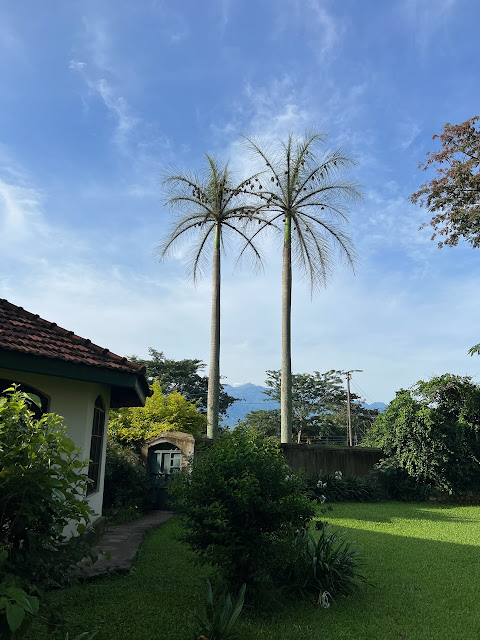Theology, in most of the world, is a communal concept.
In Africa, we remain hourly aware of the impossibility of survival individually. We lean into the vast, frayed, knotted, repaired, beautiful net that upholds each person in a family, a clan, a tribe, a region, a country. And not just the living, but the awareness of ancestral lines stretching back into time, the sense of a parallel reality that breaks into ours. Perhaps because of that assumption, it makes sense from this continent to read the Bible seeing that God spoke to communities of people, called families and tribes, and is so vastly beyond us that we need an entire world of humans to refract and reflect His light.
So “All Saint’s Day”, the commemoration on the church calendar tomorrow, reminds us of this communal nature of our faith. We are part of a vast multitude of humans through time and across continents who have worshiped God. It’s an opportunity to be thankful for those who have lived and those who have died. For Martin Luther who re-set the idea of church as infallible power to an institution in need of constant humility and reform. For Bishop Hannington who died bringing the Gospel to Uganda, and for Dr. Jonah Kule who died living that out here in Bundibugyo. For the untold stories, the invisible-to-us saints who are nevertheless precious to God. The neighbours who rose with the light this morning to feed their children and get them to school, the pastor up the road leading an early morning prayer gathering, the nutrition team heading to the hospital with peanut paste. These are the saints, and their faithfulness and tenacity lend courage to our ongoing walks of faith. We need each other.
The communal nature of “All Saints” seems obvious from our continent of vulnerability, in spite of the peculiar individuality of American traditions.
And on the Eve of this day, I’d observe that the spiritual nature of Halloween (All Hallow’s Eve) seems more obvious on this side of the world too.
From the 600’s onward, the holiday of All Saint’s Day and Eve has been influenced not only by pious proclamations but also by local traditions, which crossed cultures and evolved and came back, in a complexity beyond this short post. But suffice it to say that medieval people were much more in touch with the constant lurking presence of death . . . so practices of wearing disguises, baking cakes, singing, moving about in groups as the holiday began at sundown on the 31rst made sense in a cosmology thick with angels and demons, spirits of the dead, forces beyond explanation.
It is only in the last century or less that the form was divorced from the meaning. In much of the wealthy world, the idea of dressing up and having parties has become popular for all ages. And almost no-one who participates assumes ANY connection with an actual spiritual world, good or evil.
This year, however, the tragedy in South Korea screams that evil is not an imaginary concept, it is dangerously real. It’s hard to read about a surging crowd and suffocation and not be overwhelmed by the sadness of it. Of course, we personally don’t doubt that reality encompasses more than what we see, that the “spiritual hosts of wickedness in the heavenly places” that Paul mentions in Ephesians are the real enemy, NOT flesh and blood. So from wars just over our border to the west that lead to death and displacement, and connect to greed and precious resources, to an Ebola epidemic in districts to our east that has smouldered and flared because fear drives people to hide and spread the risk, to the apathy and cynicism of our own hearts . . . we don’t pretend immunity from evil this Oct 31rst. Or any day.
But that gives the All Saints Day context too. We need each other precisely because it is TOGETHER that we are called to overcome that evil. The Eve might be dark and full of dangers. But dawn comes. The last week, as we’ve been out for our daybreak early morning walks, we’ve passed dead snakes on the paved road twice. Forest Cobras both. And quite large. In a place where antivenin and ICU care do not reach, and where children sleep in homes where reptiles can slither in for warmth, I can’t blame anyone for defending themselves or their family. Traditionally a killed snake is thrown onto the path to be crushed over and over, to be out of the family compound. So frankly, the sight of those dead snakes gives a little picture of the defeat of all that is harmful.
May your All Hallow’s Eve strengthen your hope in the end of all evil, and your All Saint’s Day bring joy in the community traveling that way together.





1 comment:
Thanking God for the gift he has given you... and taking time to ponder a personal application to these truths.
Deborah
Post a Comment